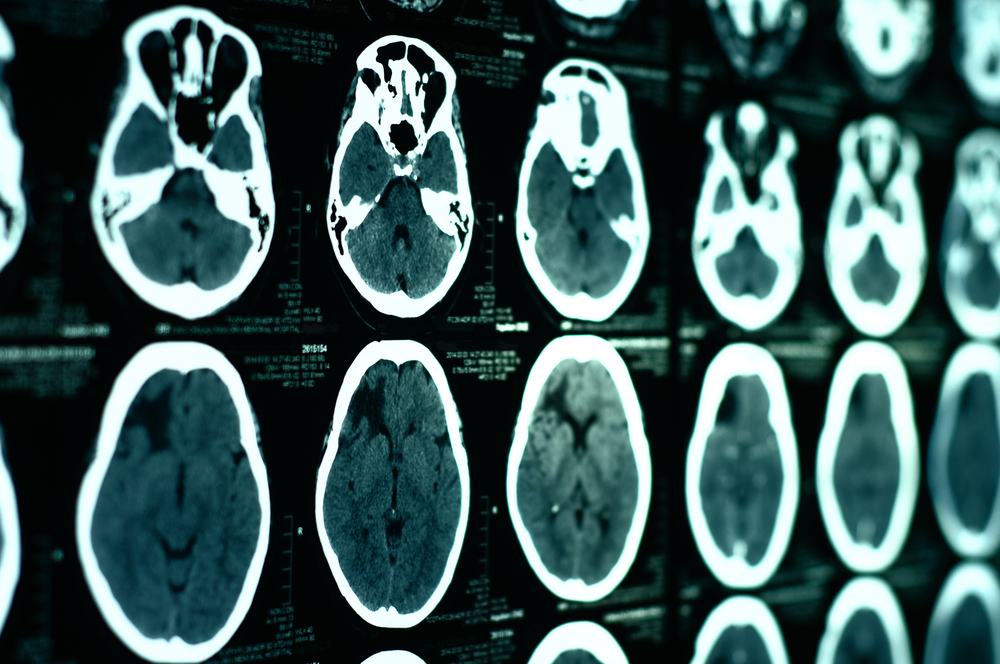Depression in Huntington’s Patients Associated With Changes in Brain’s White Matter
Written by |

Neuropsychiatric symptoms of depression and irritability or aggression are associated with alterations in the white matter structure of the brains of early-onset Huntington’s disease (HD) patients. These are the results of a recent study titled “Neuropsychiatry and White Matter Microstructure in Huntington’s Disease,” published in the Journal of Huntington’s Disease.
Huntington’s disease is a neurodegenerative disorder caused by a mutation in the Huntingtin gene and is characterized by motor abnormalities and progressive cognitive impairment. The disease is characterized by other neuropsychiatric alterations, including depression, apathy and irritability. While these symptoms are highly prevalent and apathy, especially, dovetails with Huntington’s progression, and are often evident before a patient is diagnosed, brain characteristics associated with these symptoms remain poorly understood.
Previous reports with magnetic resonance imaging (MRI) in Huntington’s patients showed that atrophy of the brain’s white matter (located in tissues deeper within the brain which contain axons, the extensions of neurons) is a good marker of disease progression in early Huntington’s disease, acting as an independent predictor of disease onset.
Researchers investigated how depression, apathy, and irritability and aggression associate with structural characteristics in the brain, specifically white-matter microstructure, in a large group of pre-manifest and clinically diagnosed HD carriers. The team used a recently developed MRI technique called diffusion tensor imaging (DTI), which characterizes microstructural differences with neuropathology and treatment.
DTI is a non-invasive technique that detects how water travels along the white-matter tracts in the brain. Data from DTI measurements were collected from 39 pre-manifest and 45 early-HD participants.
Researchers observed that the integrity of the brain’s white matter decreased as depression and irritability/aggression symptoms increased.
This is the first study employing DTI to determine the link between white matter microstructure and neuropsychiatric alterations in both pre-manifest and early-HD individuals. These findings suggest that alterations in the brain’s white matter can actually modulate these symptoms.





